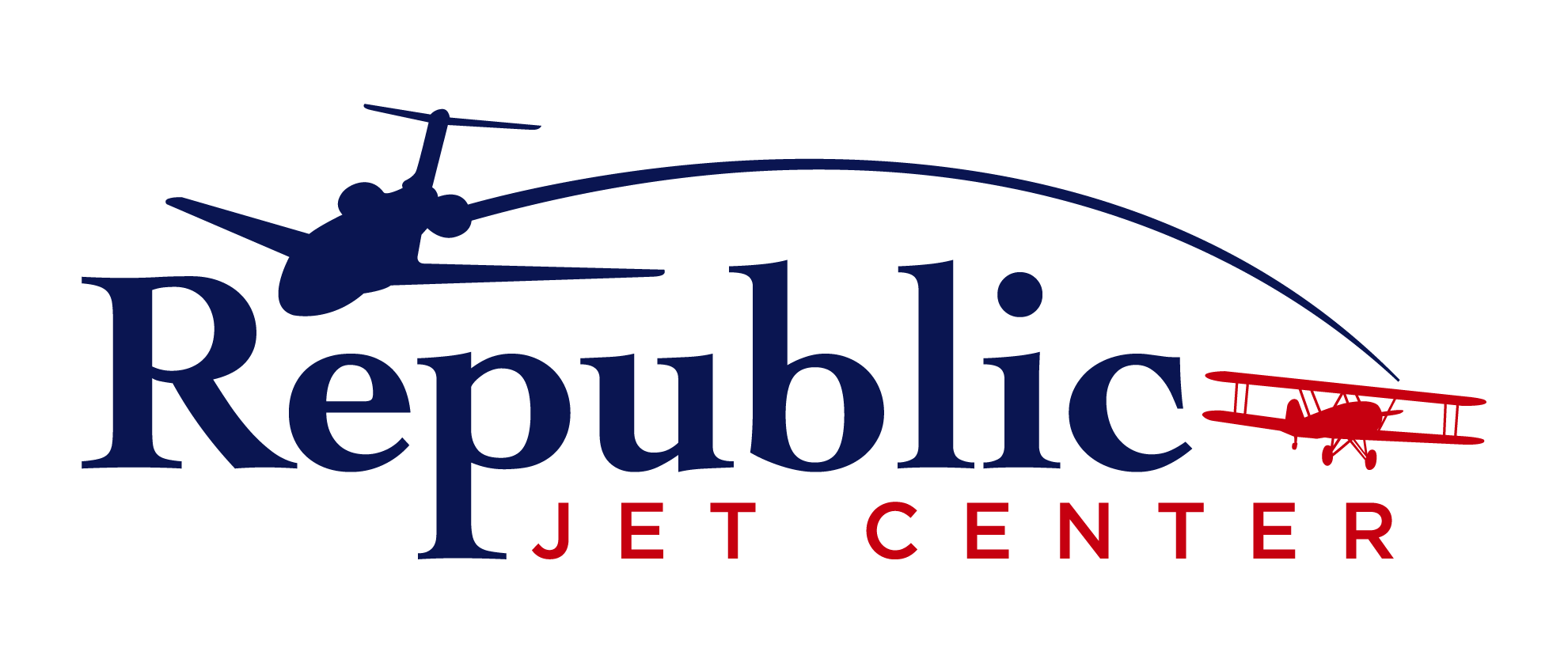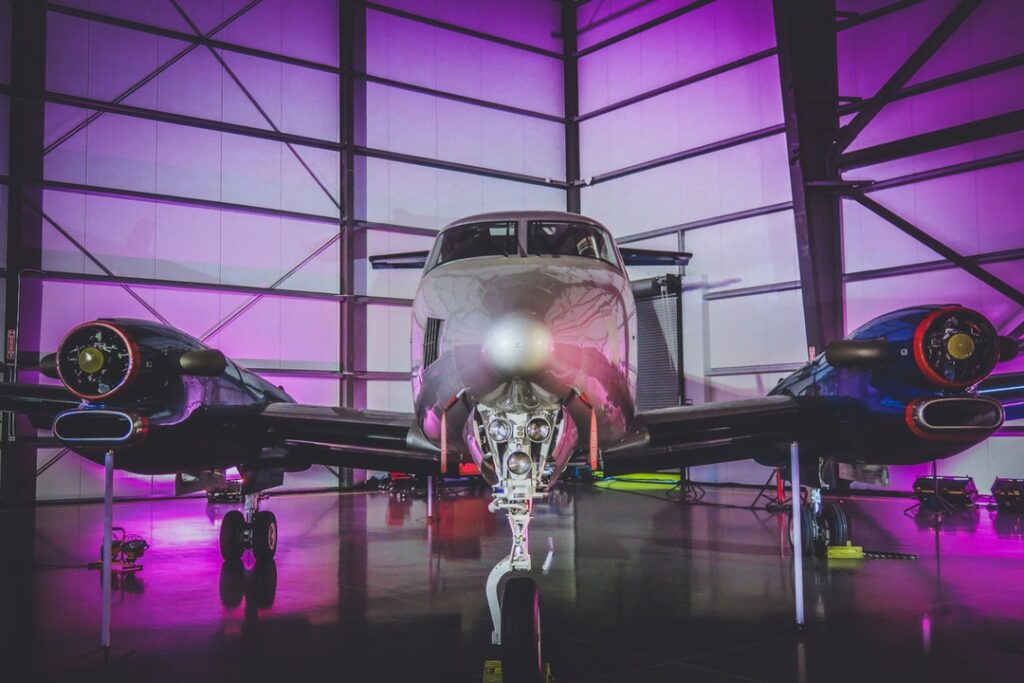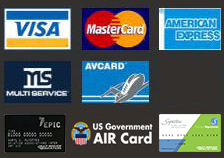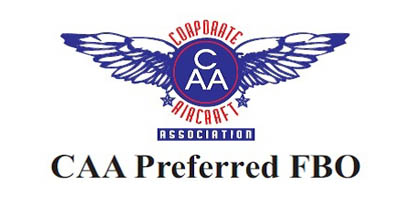Are you in private or business aviation and wondering how to prevent servicing mishaps? You might know the basics about taking care of a jet aircraft, but do you have a flawless work ethic for private jet maintenance?
The Federal Aviation Administration Safety Team (FAASTeam) identifies a human factor in most maintenance mistakes. FAASTeam estimates that human error constitutes 80% of safety lapses and would lead to accidents if undetected.
If you want to reduce your risk of a disaster in the air, you need to study the most widespread blunders so you can do the opposite. We’ll explain what the biggest mistakes are so you can stay safe flying the skies. Read on!
1. No Maintenance Plan
Firstly, if you don’t have an up-to-date jet maintenance schedule, you’re probably looking for trouble. The Federal Aviation Administration defines private jet maintenance as a means of preserving, inspecting, overhauling, and repairing your aircraft. The purpose is to ensure airworthiness for the full operating life, as well as to keep the aircraft safe for flight.
Needs may vary for different aircraft types, but experienced aviators estimate that an aircraft requires some kind of preventative maintenance every 25 flight hours. Every 100 flight hours, further minor maintenance should be performed too.
If you haven’t studied your aircraft manufacturer’s service manual and planned your schedule accordingly, expect plenty of repairs down the line. Depending on your operating conditions, such as climate, storage, age, and construction, you’ll need to adapt your maintenance plan.
Check your logbook frequently, as any maintenance required 3-6 months down the line could be rolled into a current repair appointment at the shop. This will reduce aircraft downtime and save you money. A maintenance tracking system might be useful to help stay on top.
Detailed maintenance logs will enable you to keep track of past problems. This is vital information to have on hand when new issues arise.
2. No Routine Inspections
Maintaining private jets is less of a headache when you don’t skip routine inspections. These basic inspections should take place consistently, not just in response to a problem.
You should be looking over the aircraft after every flight to ensure optimal condition. In doing this, you will be able to avert a crisis at the earliest opportunity. Additionally, you can monitor the degradation of parts like rubber hoses and test electrical items such as spark plugs.
A good guide to changing aircraft oil is every 25 flight hours. If you don’t fly much, this is especially important to prevent corrosion or damage to the engine.
3. Bad Communication
Lack of communication is a leading factor in maintenance mistakes. Always put safety first and communicate concerns.
Don’t fear that giving an aircraft engineer full details of the problem will be mistaken for telling them how to do their job. A brief question and answer session can better help them identify issues on the ground, such as altitude-related problems.
If the shop has an app or software-based communication portal, take advantage of it, since a digital trail is not so easy to ignore or overlook. Handing over a checklist in addition to verbal instructions is another way to ensure that the engineers perform all the work required.
Steps taken towards improved communication will save you downtime and money. Come to the maintenance debrief prepared and you’ll keep costs to a minimum.
4. No Teamwork
If you don’t work together with the maintenance engineers, things can go wrong. If the shop has an app-based system, keep an eye out for updated information. Make sure everyone understands that you want open communication, which might include photos and videos of work in progress.
Ensure that engineers agree on how repairs should be done, such as whether after-market parts should be sourced. The faster decisions are made, the lower your costs, and the quicker you get your aircraft back.
5. Inexperience and Unfamiliarity
If you are short on the knowledge or information that you need to successfully perform maintenance or repair, seek training or help. If needed jet maintenance equipment is not available to you, don’t attempt to make do with tools that aren’t up to the task.
Make sure you are always working from the current manual or manufacturer advice. If you don’t have or understand the resources you need for the job, ask for help. A novice pilot shouldn’t rely on manuals alone, but instead, should seek the guidance of an experienced plane mechanic.
6. Complacency and Distractions
Don’t allow overconfidence to arise because you’ve repeated a maintenance task a great many times. Rather than a confirmation bias, adopt the opposite cognitive mindset that errors should be expected.
Always use a checklist so that you can’t overlook anything and never sign off on a check that you didn’t carry out. Eliminate all distractions, the enemy of good work. If you cannot eliminate a distraction that forces you to stop and restart, make it a habit to skip back several steps on your checklist.
7. Fatigue and Stress
Even cleaning private jets can do damage if you’re not paying attention and use the wrong chemicals. When you feel mentally or physically exhausted, think again about whether this is the best time to be carrying out maintenance work. Perhaps you can set a reminder and perform the work in the morning.
If you have no choice but to get the task done now, at least have someone else check your work to ensure satisfactory performance.
Adopt a rational problem-solving mindset for all that you encounter, even when there’s an emotional factor causing tension. If physical or mental stress threatens to affect your work, either take a break or discuss it with someone.
8. Overestimating Shop Capabilities
It’s not often that every repair can be done in the same facility. To keep private jet maintenance costs down, make sure you know in advance which services are available in-house and what jobs need to be outsourced.
Prevent surprise downtime and unexpected extra costs by always doing your homework and getting in touch with the shop early on. Sometimes, they may be booked out many months in advance.
Practice Good Private Jet Maintenance
We’ve shown that private jet maintenance requires focus, experience, planning, and routine. Don’t delay any aspect of your aircraft service schedule or repairs.
If you own a private aircraft for business aviation or personal use, we can help you. We are an airport, jet center, and fixed base operator in Long Island, New York. We offer many luxury FBO services, including aircraft maintenance and repairs.
Contact us today to make a reservation.











